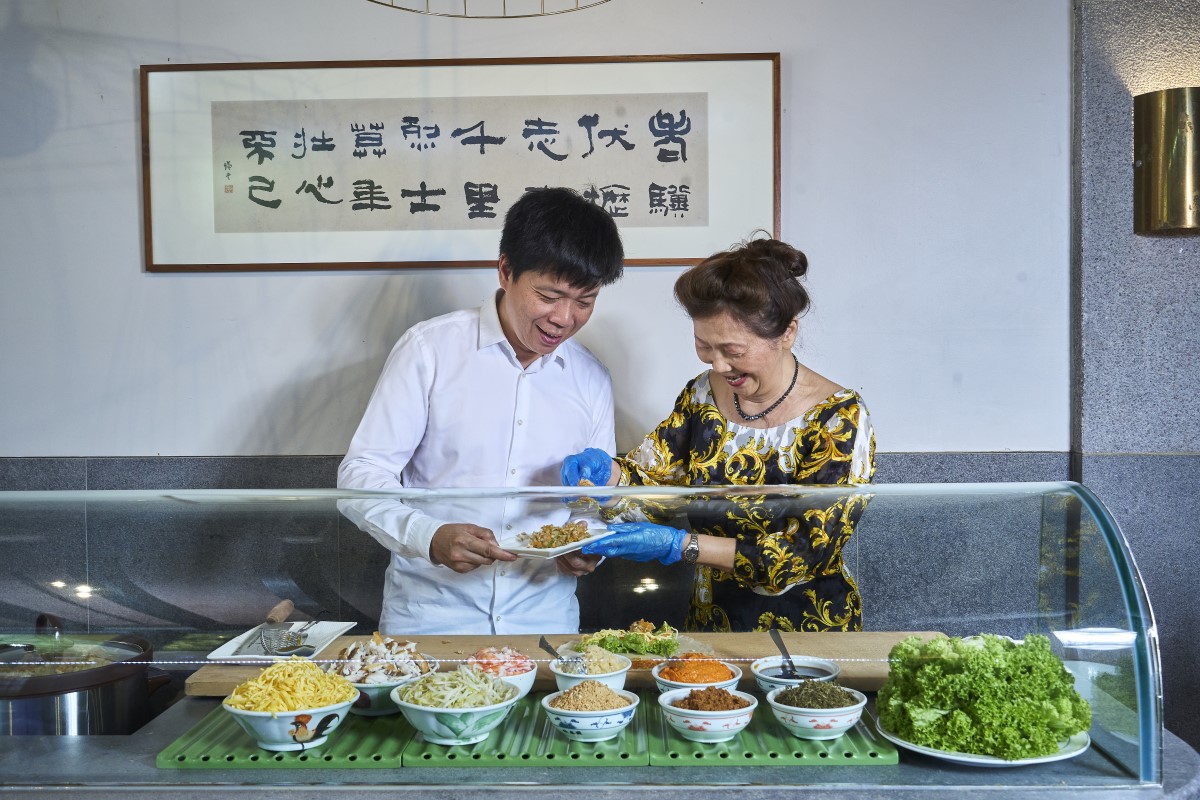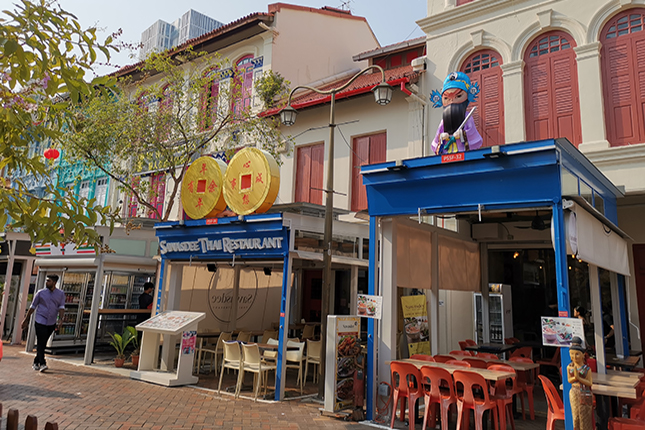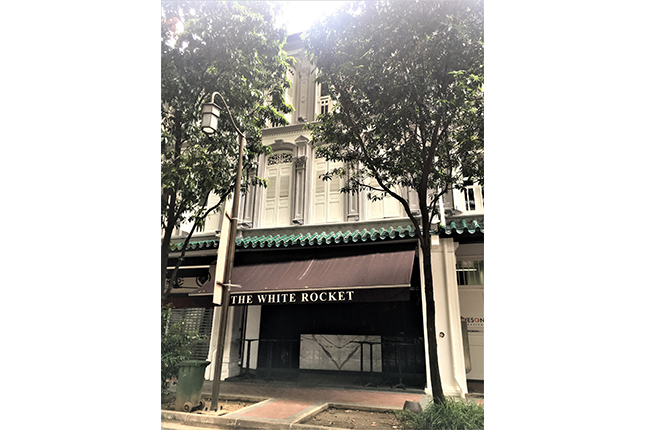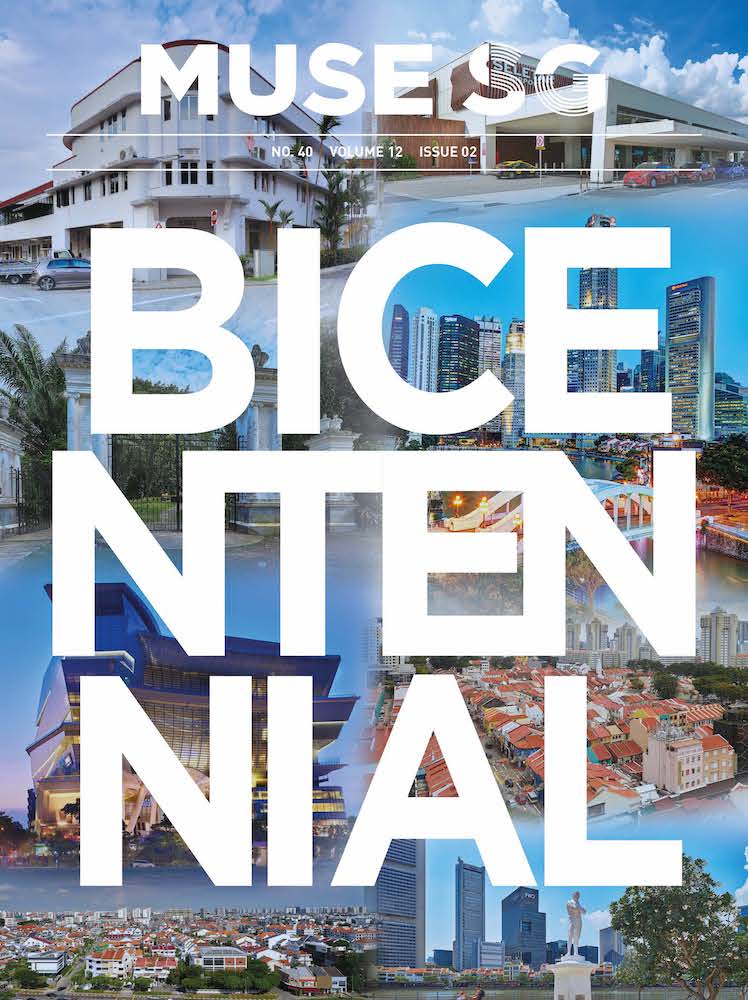In the 19th and early 20th century, many Chinese immigrants, particularly from the southern region of China, came to Singapore in search of better prospects but were instead made to work as labourers – known as coolies. Pagoda Street had over 12 coolie firms in 1901, one of which was the infamous Kwong Hup Yuen coolie firm. The shophouse at 37 Pagoda Street is believed to be the former premises of the Kwong Hup Yuen coolie firm, which was the largest firm at the time.
These coolies had to endure poor living conditions. They ranged from a lack of proper sanitation and fresh water, to cramped living quarters where workers often had to share wooden beds. Sickness, violence and opium dens were also rife and caused issues such as opium addiction among these coolies. While the official quota for housing coolies was 200 people per firm, many coolie firms housed beyond the stipulated quota.
Moreover, coolies were euphemistically called zhu zai (猪仔, piglets) and were treated like beasts of burden, with the stronger workers being highly prized for their physical capabilities, while the weaker and sickly labourers were left to fend for themselves. These social factors made their lives all the more difficult and many coolies struggled to make a viable living.
Having functioned as a coolie station between the 1850s and 1880s, and as a coolie lodging in the early 20th century, Pagoda Street began to transform into a commercial area in the mid-20th century with the urbanisation of Singapore.
In the 1960s, Kian Seng Heng Bicycle Trader, which was previously located in Tanjong Pagar, occupied 37 Pagoda Street before relocating in 1978 when the government reclaimed the shophouse for renovation works. As of April 2019, a unisex tailor called Silk of the Orient is a tenant of the space.
The shophouse at 37 Pagoda Street stands as a dark and stark reminder of the struggles of the Chinese coolies during Singapore’s colonial period. This is evident in the fact that Pagoda street, on which this shophouse is located, is sometimes colloquially referred to as Kwong Hup Yuen Street by the local populace even today.
Buildings and sites featured on Roots.SG are part of our efforts to raise awareness of our heritage; a listing on Roots.SG does not imply any form of preservation or conservation status, unless it is mentioned in the article. The information in this article is valid as of September 2019 and is not intended to be an exhaustive history of the site/building.














